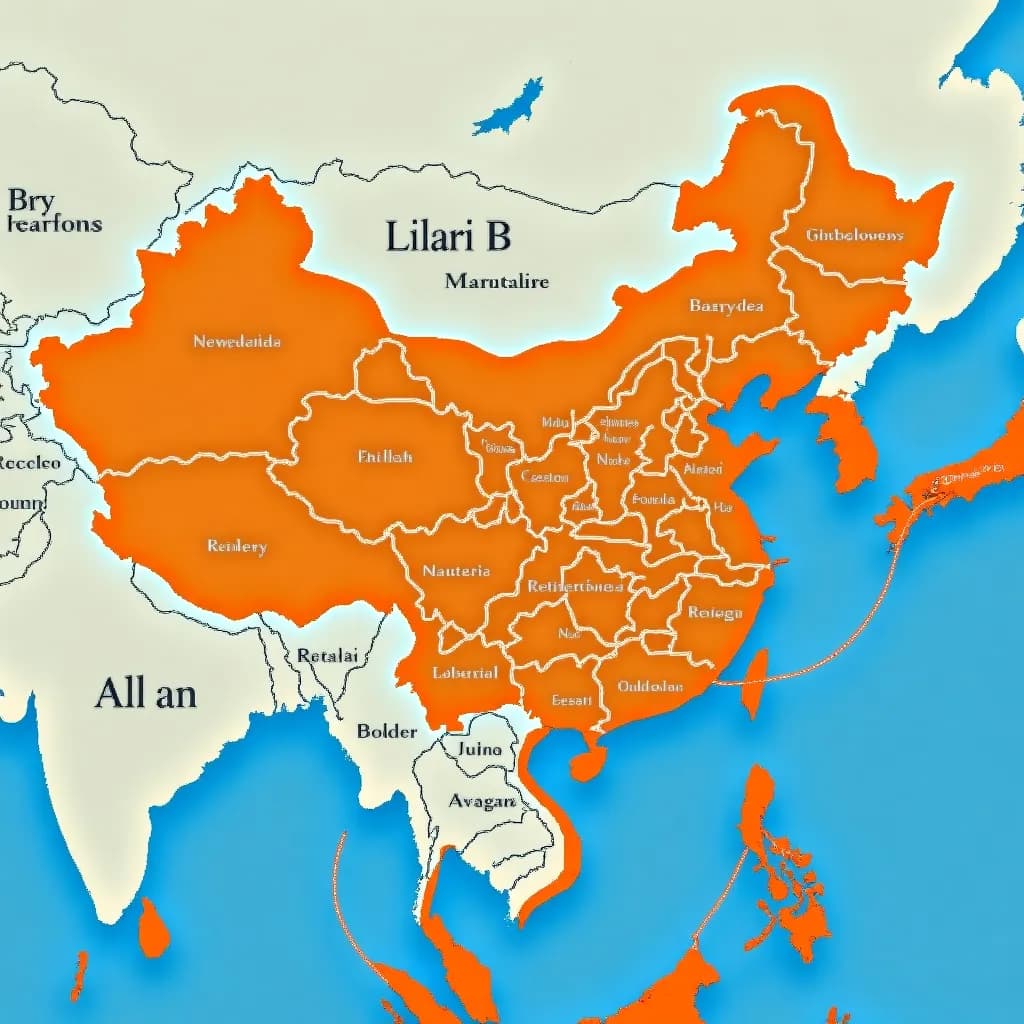The Belt and Road Initiative (BRI), launched by China in 2013, has increasingly become a focal point of international political discourse. As this ambitious infrastructure project continues to expand, it raises questions and concerns about its global implications. This article offers an analysis of the BRI's impact, including an exclusive interview with a leading expert in international relations.
Understanding the Belt and Road Initiative
The BRI is a global development strategy adopted by China involving infrastructure development and investments in nearly 70 countries across Asia, Africa, and Europe. Its primary goal is to enhance regional connectivity and embrace a brighter economic future.
- Scale and Scope: The initiative covers over 60% of the world's population and over 30% of the global GDP.
- Investment and Funding: According to the China Development Bank, the BRI has seen investments exceeding $1 trillion since its launch.
While the BRI promises economic growth and improved infrastructure, it has also drawn criticism and sparked debate on the global stage.
Geopolitical and Economic Impacts
The BRI has significant geopolitical implications. By expanding its influence through infrastructure investments, China positions itself as a leading global power. This has generated mixed reactions worldwide:
- Economic Growth: Many developing countries view the BRI as an opportunity for much-needed infrastructure development, potentially leading to economic growth.
- Debt Concerns: Critics argue that the initiative places a heavy debt burden on participating countries, potentially leading to economic dependency on China.
- Geopolitical Influence: The strategic placement of infrastructure projects gives China substantial geopolitical leverage, altering traditional power dynamics.
Dr. Emily Zhang, a professor of international relations at Global University, notes, "The BRI is not just an economic endeavor; it's a strategic tool for China to extend its influence globally. The implications are profound and multifaceted."
Environmental and Social Considerations
Beyond economic and political impacts, the BRI also raises environmental and social concerns:
- Environmental Impact: Large-scale infrastructure projects can lead to environmental degradation, affecting biodiversity and contributing to climate change.
- Social Displacement: Infrastructure development often necessitates land acquisition, which can displace communities and disrupt livelihoods.
"While the BRI provides opportunities for development, it's crucial to address the environmental and social costs associated with it," adds Dr. Zhang.
Expert Interview: Insights from Dr. Emily Zhang
In an exclusive interview, Dr. Emily Zhang discusses the intricate dynamics of the BRI:
Q: What are the primary motivations behind China's Belt and Road Initiative?
A: "China's motivations are multifaceted. Economically, it's about opening new markets and securing trade routes. Politically, it's about enhancing its global stature and influence."
Q: How should the international community respond to the BRI?
A: "The international community needs to engage with the BRI constructively. While acknowledging its benefits, it's essential to ensure transparency, sustainability, and respect for local communities and environments."
Conclusion: Navigating the Future
The Belt and Road Initiative represents a significant shift in global economic and political landscapes. Its implications are vast, affecting countries at various levels of development. As the BRI continues to evolve, it is crucial for the international community to navigate its complexities thoughtfully and collaboratively.
Ultimately, the BRI's success will depend on balancing economic benefits with geopolitical, environmental, and social considerations. By fostering international dialogue and cooperation, stakeholders can help ensure that the initiative contributes positively to global development.









